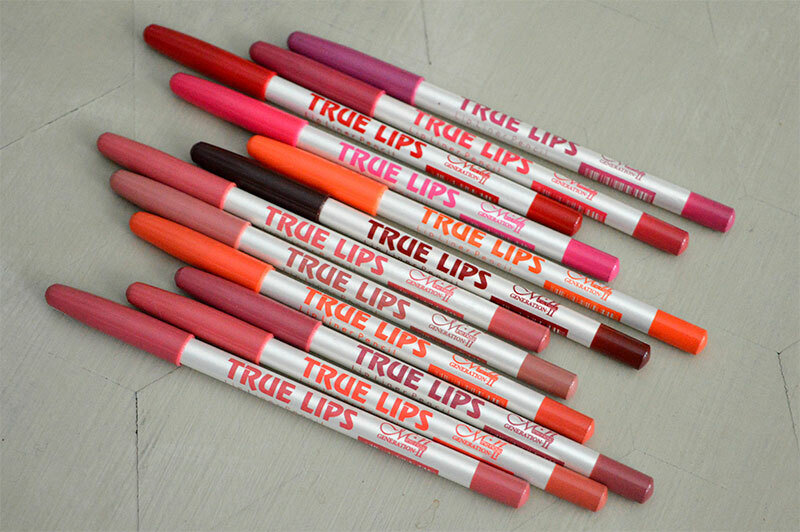Quality and reliable holding insulation provides comfort and cosiness in the house, while saving financial costs and maintaining a high level of environmental facilities. Partial finish building does not retain heat, letting in the cold through the unprotected areas. Often this is due to the fact that there was no foundation insulation foam at home. Of course, for the finishing of the building site can use other materials, but they are not always able to properly perform its functions. Therefore, what properties the foam and how to properly carry out their insulation, we describe in this article.
The need for foundation insulation

Insulation of the basement private house outside foam, is a must. This also applies to other buildings, especially those containing a basement. To achieve a good result in the installation of thermal insulation, many use foam.
Poor building insulation loses up to 50 percent of the heat through the gaps in the thermal insulation coating, causing additional economic costs for heating. A fatal error during the work on the installation of insulation at home is the neglect of thermal protection foundation, believing that it will be enough only to decorate the walls of the structure.
You should know! A lot of heat goes out through the parts in direct contact with the soil. Non-insulated basements, foundations and the ground floor construction, particularly affected by the low temperatures in the winter.
Good thermal insulation base characterized by performing two functions:
- minimizing heat flows;
- preservation foundation from frost and deformation.
The fact that the predominant soil type in our country - heaving. Due to exposure to cold, the depth of soil freezing can be several meters. During thawing soil volume changes, which in turn negatively affects the foundation of the house construction.
Before starting the installation work, be aware that the installation of thermal insulation coatings must be holistic. The presence of any cracks, defects and details in the insulation layer adversely affects the building's ability to retain a suitable temperature for a comfortable stay. Fully restrain the loss of warm air is able to only a dense layer of air containing a ball isolated.
Insulation of the foundation with the help of foam

Among a plurality of heaters for the foundation, including mineral, glass wool and expanded clay, it should be noted the most suitable material - foam. With the ability to save their function in any climatic conditions, the product gained incredible popularity among builders.
Foam characteristics are reliability, low cost and ease of use. Moreover, its main component is air, which itself has excellent heat-insulating properties.
The foam for thermal insulation of the foundation has the following properties:
- stability in the interaction with the asphalt and concrete;
- resistance to water and fire;
- the ability to retain heat;
- resistance to temperature fluctuations;
- preservation of the shape and volume upon exposure to external factors.
A significant drawback is the fragility of the foam. To prevent the formation thereon of various defects should be treated with a surface adhesive.
The foam insulation is recommended to use in the grounds, built on clay soil. Furthermore, it is an excellent one for insulation, designed for operation underground. This is due to its good moisture resistance and resistance to sudden temperature changes.
Types of foam for insulating foundations of houses:
- press - a plate, foam thickness - of two centimeters;
- styrofoam slab parameters - 1 * 1 * 0.05 m;
- polyurethane (liquid);
Most often used for insulation foam. The reason for this choice are the dimensions that are beneficial for styling and finishing procedures.
Important! In the case of periodic flooding of the basement and the basement of the building, it is best used as insulation other material.
What you need for insulation of the base

The initial phase insulation of the foundation is ready to start work. To ensure the quality and reliability of the results is necessary to remove the freeze ground cover. Next, clean the base of the cap from the rest of the soil and treat it the plate with the help of a primer.
To conserve funds, the primer can be made with your own hands. You need to mix the melted bitumen with gasoline or diesel fuel, maintaining the proportion of one to one (the amount of diesel may be more). After one hour, when the primer mixture dries, the ball should be applied waterproofing. This procedure is on a par with the insulation of the foundation, so it is mandatory.
Material for waterproofing can be a liquid rubber and bitumen roll. In the first case the material should be mixed using a mixer, and then to cover them foundation using a spatula. Bitumen rolls are attached to the base after their heating. The algorithm is as follows: measure the roll height, cut band return roll in the rolled state, it warmed by a burner, roll back and fixed to the surface of the base. The installation procedure is slightly soft roofs resembles the work.
Installing the panels of expanded polystyrene

foundation insulation technology provides mounting plates on the surface of the waterproofing of the ball. For this use of the bituminous mastic adhesive polymer or polyurethane. It should be applied throughout the coating, or to specific areas. The presence of gasoline in the adhesive, acetone and toluene (organic solvents) causes destruction of slabs of polystyrene foam, reducing the life of the insulation. Therefore, you must pre-pay attention to the composition of the mixture.
Recommendation! To achieve a layer thickness of 10 cm size, it is better to use two cover sheets 5 cm. This will help prevent the formation of cracks and defects. A new ball should begin only after complete drying of the adhesive to the Legal Code.
Not recommended to strengthen the plate mechanically. The fact that in this case the integrity of the waterproofing layer suffers, causing moisture in the basement slab. Typically, from foam boards have special recesses which are intended for fastening to each other without gaps different appearances. The point contacting of the foam plates, must be treated with mastic or adhesive.

Thickening of the insulation by bonding the two layers is different opinions. Most masters recognize the benefits of such action, arguing that the adhesives with insulation provide high-quality and durable union of two balls insulation in one. In this situation, in order to avoid formations, in the base of a building, various defects, it is necessary to produce stacking plates, eliminating seams coincidence different layers.
Some opinions say that in this case there is the danger of the destruction of the integrity of the insulation as a result of lifting the soil. This may lead to the penetration slot formed in the water, which is one of the main causes of heat loss in the room.
The supporting bottom plate of foam is usually mounted on a rigid surface. The ideal embodiment will be structurally manufactured protrusion foundation. As for the base under the insulation, the best option would be pouring out of the sand and gravel.
It's important to know! Around the perimeter of the foundation must be mounted heater.

Falling asleep with established foundation insulation, must first lay between the soil and the foam layer ruberoid roll. On the opposite side can also protect the heater by a thin wall made of bricks or a polyethylene membrane. This action prevents excessive insulation contacting with moisture and insects.
Final stage
If a portion of the insulation looks out of the trench to prevent occurrence of damage can be reinforced by a network. It is installed on the upper ball insulation by gluing.
Next, the insulating layer should be treated with any material for finishing. In the case of a base structure arrangement flush with the soil, plant nets and the final finishing work is not required to carry out. Will only close the space of the trench with sand, earth or expanded clay, which also has insulating properties.
An internal insulation

Algorithm execution of these works is different from the previous one only in the absence of need in the trench.
Important! Internal insulation can be carried out only at the beginning of the construction process.
Features internal insulation:
- Sheet compulsorily fixed dowels in each corner and in the middle.
- Performed work on the floor insulation, in the case of the restructuring of the basement to the living.
- To protect the foundation of the house from water should put a special membrane.
- The presence of ventilation. Its absence will allow the foundation to collapse, and there is the risk of propagation of mold and fungi due to the accumulation of moisture.
If you follow all rules of installation, the process of self-insulation of the foundation with the help of foam is fairly straightforward, but the energy consumption and will take some time. With the right choice of adhesive and the appropriate fastening elements, you will certainly achieve the desired results. Using foam, placing any purpose, acquire optimum air temperature.



